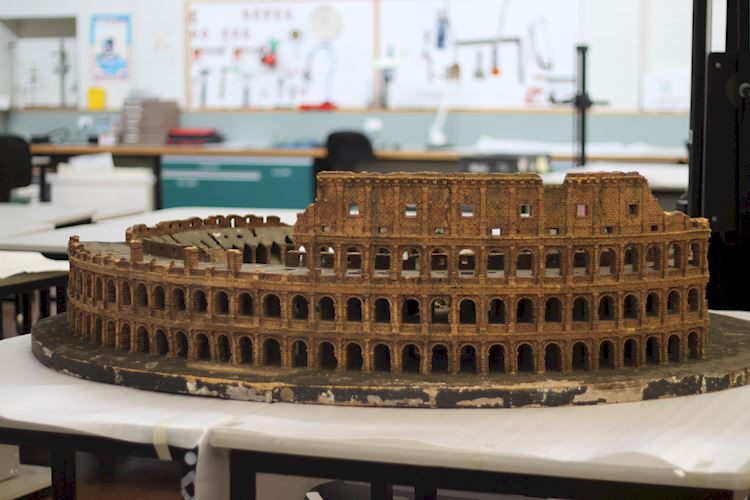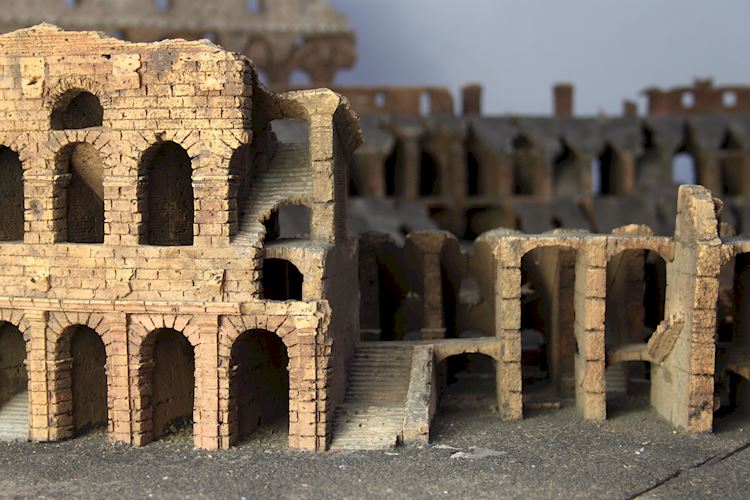Primers for cork coverings
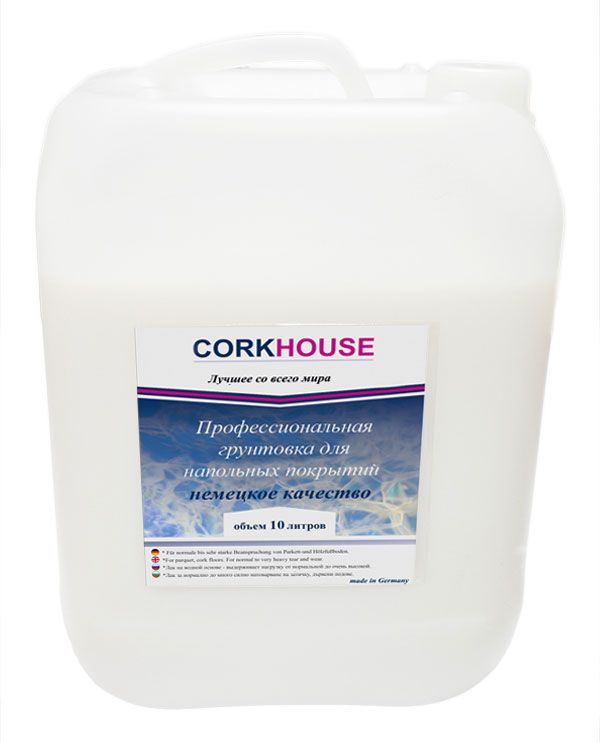
CorkHouse primer
Water-based primer for application by roller or brush.
Basic delivery form
– Primer CorkHouse is a ready-to-use aqua dispersion for application by roller or brush under the CorkHouse varnish for protective covering.
Application area
– the use of on the exotic species of wood is limited, suitable only for covering the wood with low oil content, a trial application is recommended.
Properties
– very well fills the pores especially suitable for wood species with good absorbency, beech, maple, ash it is not recommended to work with a spatula. Reduces the possibility of gluing individual parquet strips along the side edges, allowing you to achieve a homogenous color tone of the covering. The effect of “burning” wood is achieved, when used on oak, the product is easy to use, has a faint smell and an environmentally friendly.
Mode of application
– before the production implementation the CorkHouse primer should be well shaken. The wood surface should be cleansed from dust, oil, wax, grease and any other substance residues.
We recommend to grind the surface of the wood with an abrasive grinding grating grain.
Primer
– Apply a layer of CorkHouse primer by roller or brush; the consumption is about 100 g / m2, depending on the absorbency of the wood, CorkHouse primer can be also sprayed. We would be happy to advise you on this topic.
Drying time 2 hours under normal conditions (temperature + 20 ° C and relative humidity 55%). High humidity and low temperature slows down the drying process. Make sure that the room is well ventilated, avoid draughs. After applying the primer, do not perform an intermediate grinding.
Working tools
– If the CorkHouse primer was applied using a roller or paint brush, CorkHouse recommends: after work was completed, clean the instrument with newsprint or paper with a similar absorbency and wash with water.
The room temperature should not be below + 15 ° C and not exceed + 25C.
Storage conditions
– Store and transport at a temperature not lower than + 6 ° C.
Primer is needed for any facing materials that you will need to paint later. In the same way, a primer is needed for a cork coverings- because without it, the paint will be poorly absorbed, and hold not so long. Of course, such cork products are rarely used, because the cork coverings themselves look very nice, and the coloring needs technical cork material, and even not always. But any changes in the interior design are possible, and in such cases, a primer is needed. It is worth noting that if you buy a cork for walls immediately lacquered, the primer will not be needed, as far as there will simply not be any positive adhesion effect from it.

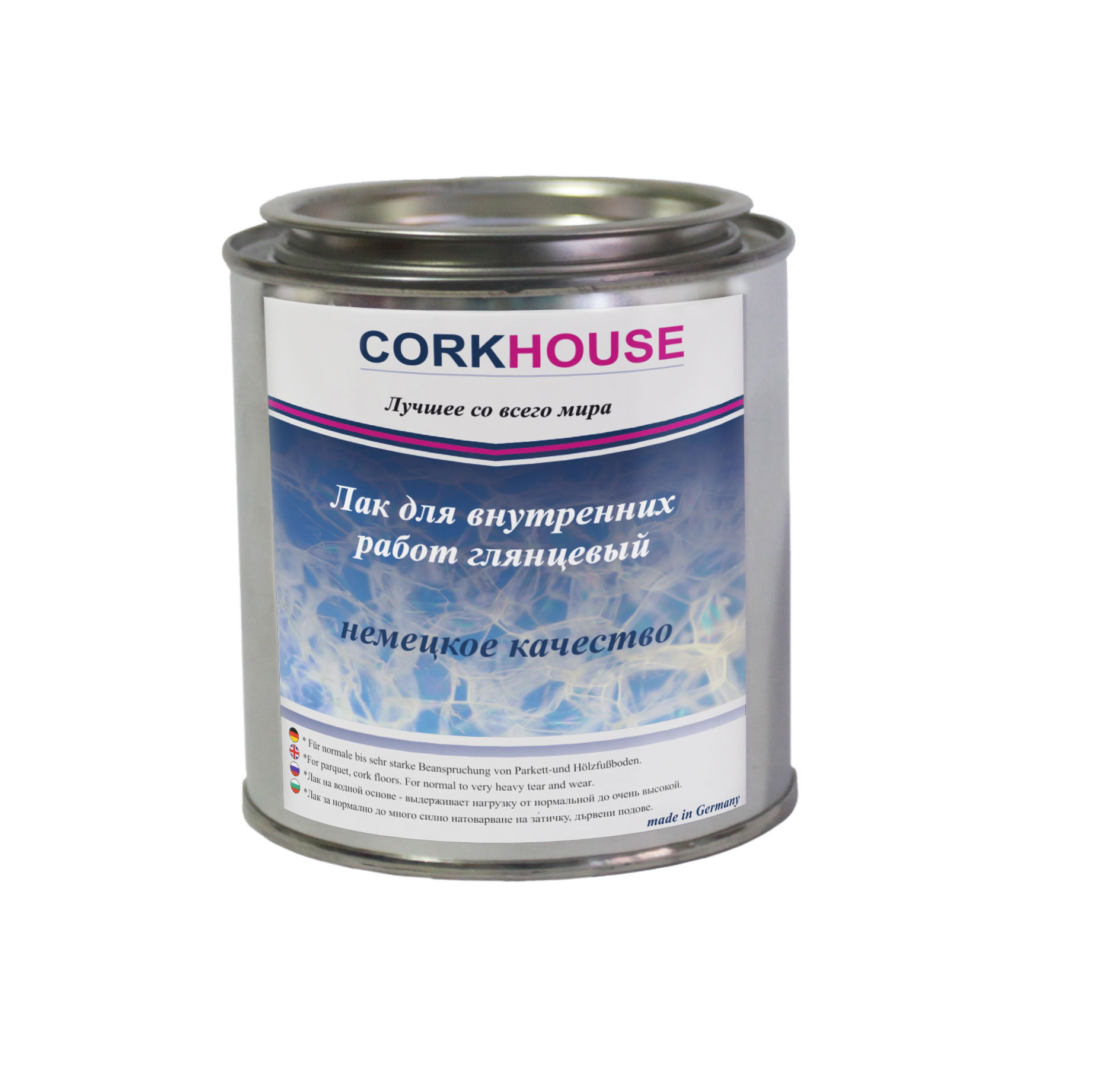
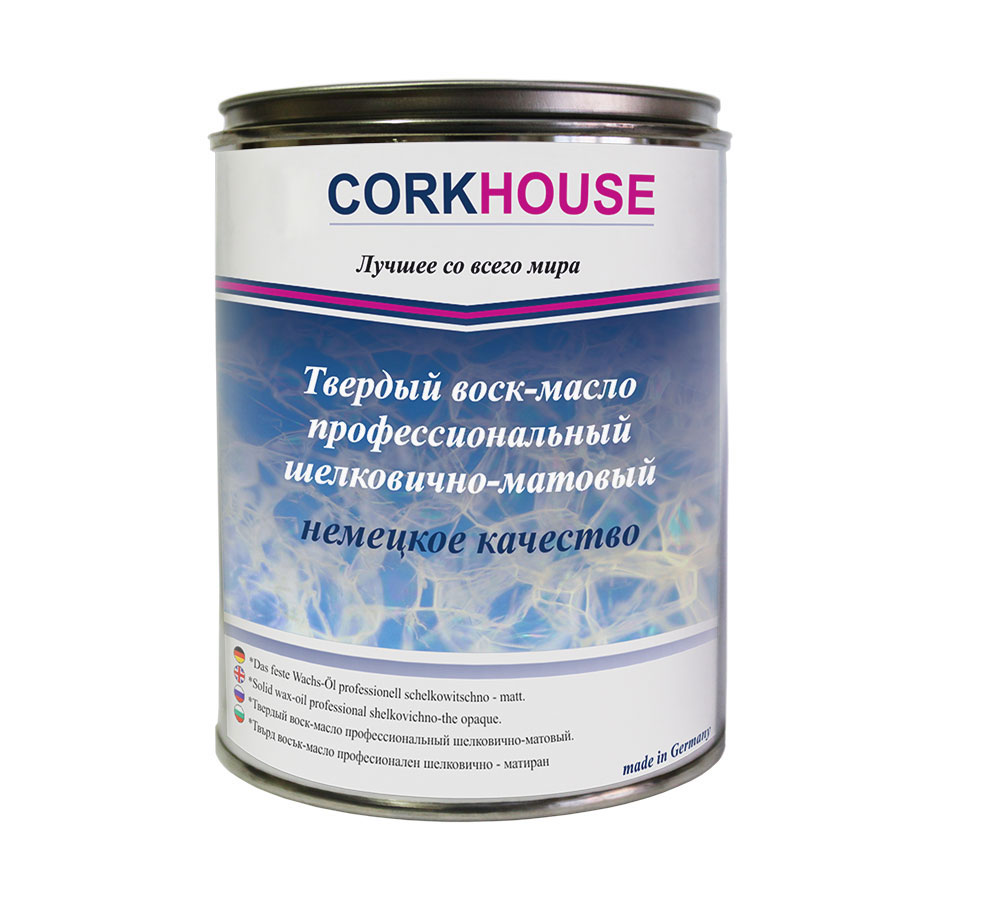

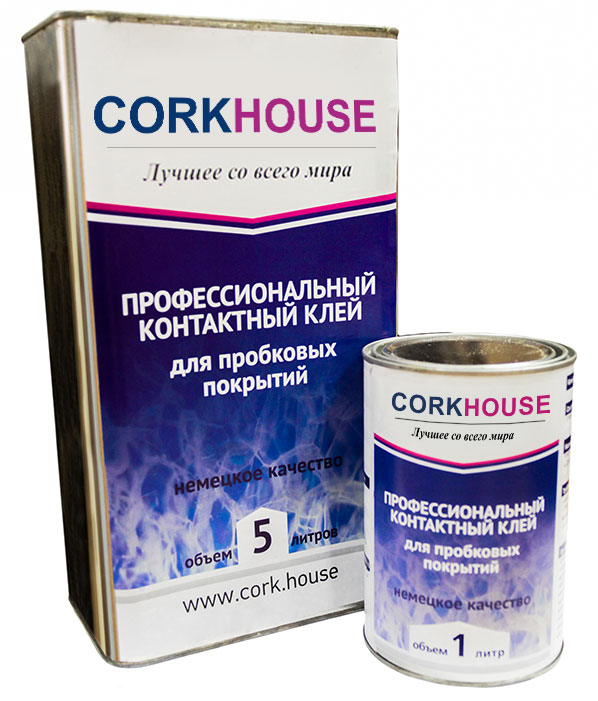
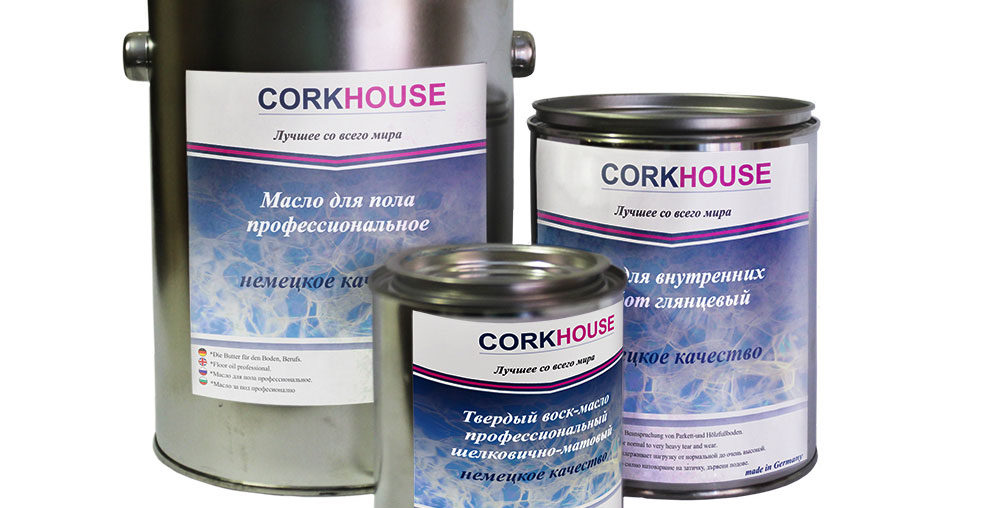

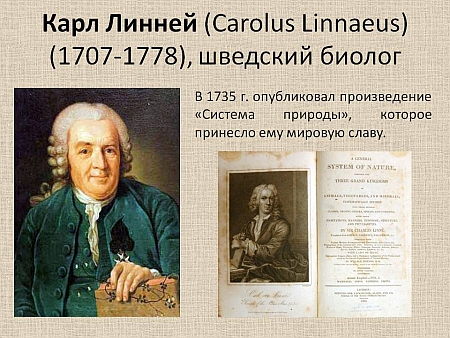 Quercus suber L. – this is the scientific name of the cork oak tree, which is widely distributed in North Africa: Algeria, Morocco, Tunisia, and in Europe: Corsica, France, Italy, Portugal, Sardinia, Sicily, Spain. The Swedish naturalist and botanist Carl Linnaeus gave a name to this evergreen inhabitant of the Mediterranean.
Quercus suber L. – this is the scientific name of the cork oak tree, which is widely distributed in North Africa: Algeria, Morocco, Tunisia, and in Europe: Corsica, France, Italy, Portugal, Sardinia, Sicily, Spain. The Swedish naturalist and botanist Carl Linnaeus gave a name to this evergreen inhabitant of the Mediterranean.




